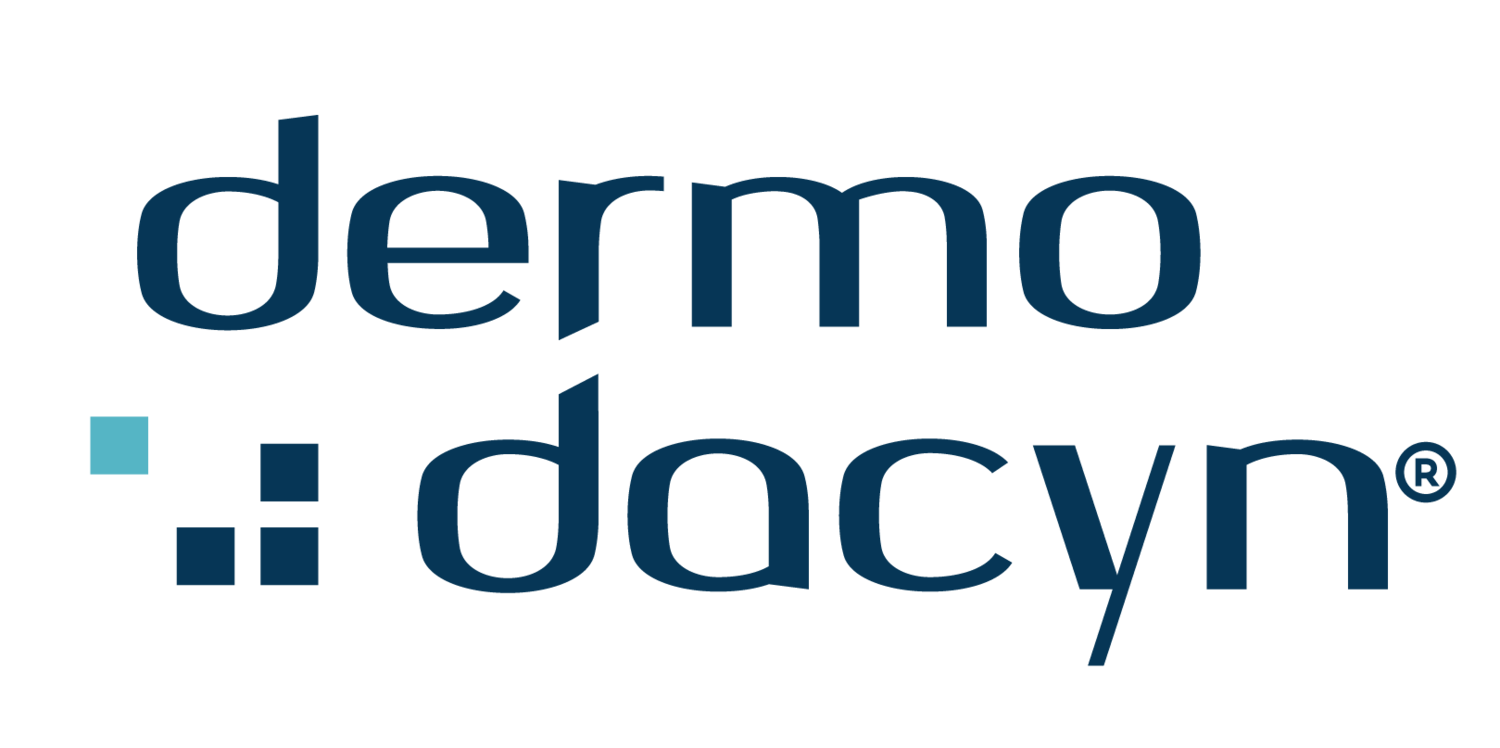
Workspace.
Creating a safer environment while keeping staff healthy and productive.
Dirtiest places in the workspace.
According to a survey tested on 4,800 surfaces in office buildings housing some 3,000 employees from manufacturing facilities, law firms, insurance companies, health care companies, and call centers, the 6 dirtiest places in the workplace are:
Break room sink-faucet handles
Microwave door handles
Keyboards
Refrigerator door handles
Water fountain buttons
Vending machine buttons
During any given workday, you and your co-workers touch numerous surfaces – when you open a door, pour a cup of coffee, and press buttons on the copier.
Although none of these acts would make you think twice, here’s something that might: Some surfaces in an office can harbour more germs than a kitchen cutting board, a pet’s food dish, and a toilet seat.
Surfaces and objects in the office must be disinfected frequently with a safe, 100% natural and registered disinfectant.
Cleaning and disinfecting are two different steps. Cleaning removes dirt, grime and particles while only disinfection with a registered product ensures a germ-free environment.
Hidden Germs.
Keyboards are usually never cleaned or disinfected. An internal ATP swap test confirmed that a keyboard is the most contaminated item in any office, which is a big concern, especially in modern “hot desk” offices.
Desks might have been cleaned, keyboards most definitely haven’t been.
Healthy workers are essential for an efficient workplace.
Average rates of absence across Europe are between 3% and 6% of working time. A reasonable estimate of the cost is about 2.5% of GDP (Eurofound, 2010).
Promoting the health and well-being of office workers is fundamental for any corporation to operate efficiently. Having a strict hygiene and sanitation routine is essential but choosing a safe and effective disinfectant is equally important.
More harm than good may be done if ineffective and unsafe disinfectants are used.
While common disinfecting agents such as rubbing alcohol and diluted bleach are used widely for disinfection, the users most probably would not run tests themselves to ensure that the germs are effectively eliminated. Sometimes the concentration of the agents may not have reached the level effective for killing germs, or the kill time may be longer than expected.
Other products may make similar claims but does not specify whether there are any harmful substances even in moderation. Some products are unsafe to be inhaled (Reckitt Benckiser, South Korea, 2001) or corrosive.
Offices may have to be vacated during disinfection and would cause work disruption. Harmful disinfectants if used improperly may also cause work injuries.



